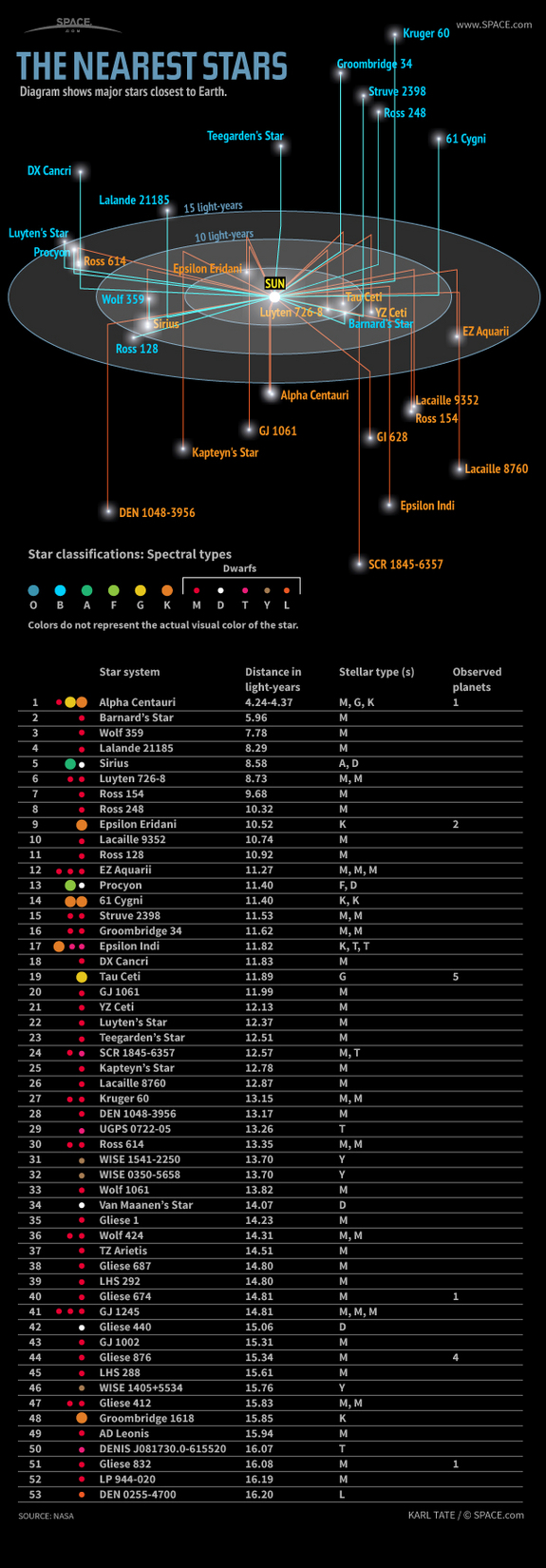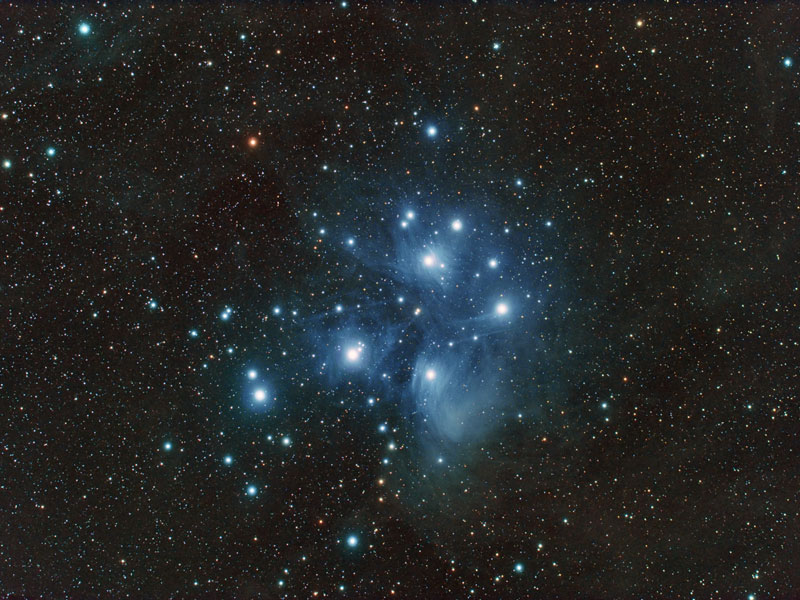Astrophysics Source Code Library: Where do we go from here? by Ms. Alice Allen.
From the introduction:
This week I am featuring a guest post by Ms. Alice Allen, the Editor of the the Astrophysics Source Code Library, an on-line index of codes used in astronomical research and that have been referenced in peer-reviewed journal articles. The post is essentially a talk given by Ms. Allen at the recent ADASS XXIII meeting. The impact of the ASCL is growing – a poster by Associate Editor Kim DuPrie at ADASS XXIII showed that there are now 700+ codes indexed, and quarterly page views have quadrupled from Q1/2011 to 24,ooo. Researchers are explicitly citing the code in papers that use the software, the ADS is linking software to papers about the code, and the ASCL is sponsoring workshops and discussion forums to identify obstacles to code sharing and propose solutions. And now, over to you, Alice: (emphasis in original)
Alice describes “success” as:
Success for us is this: you read a paper, want to see the code, click a link or two, and can look at the code for its underlying assumptions, methods, and computations. Alternately, if you want to investigate an unfamiliar domain, you can peruse the ASCL to see what codes have been written in that area.
Imagine having that level of “success” for data sets or data extraction source code.


